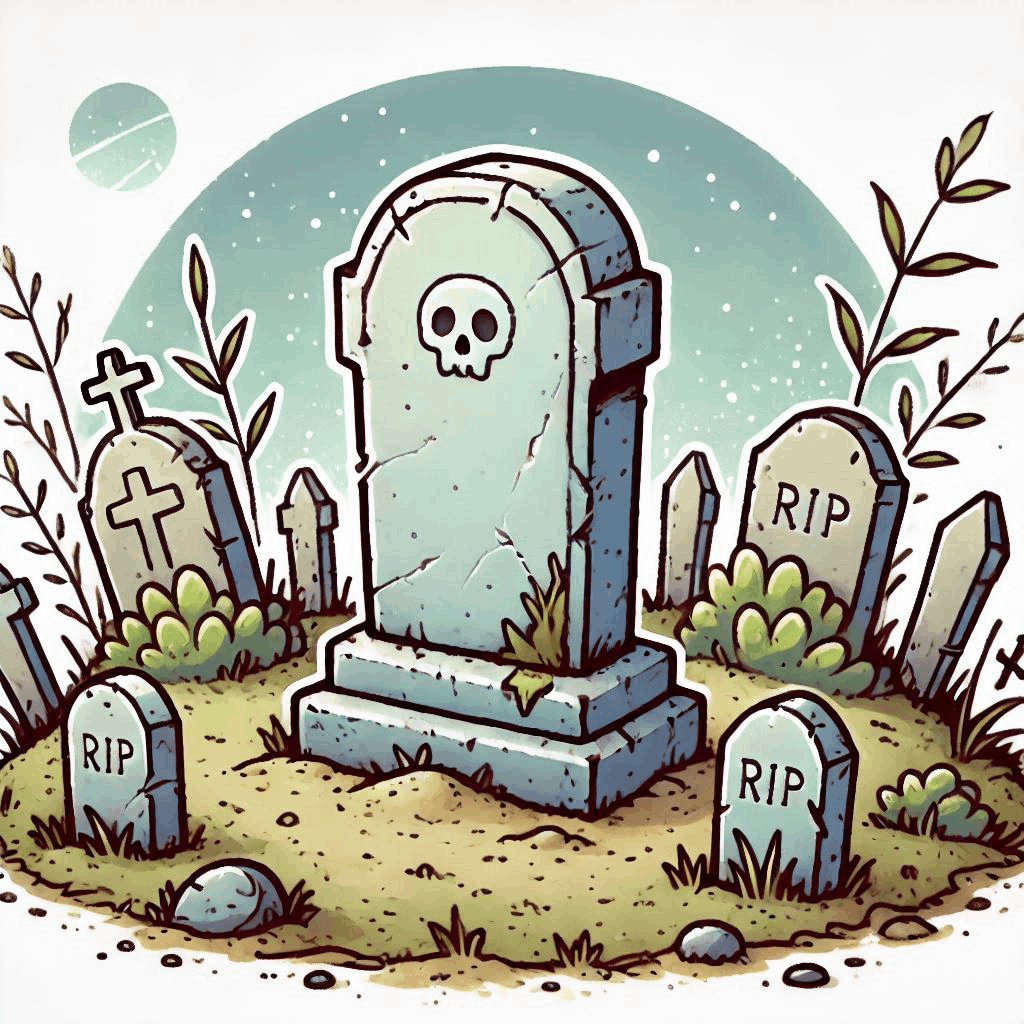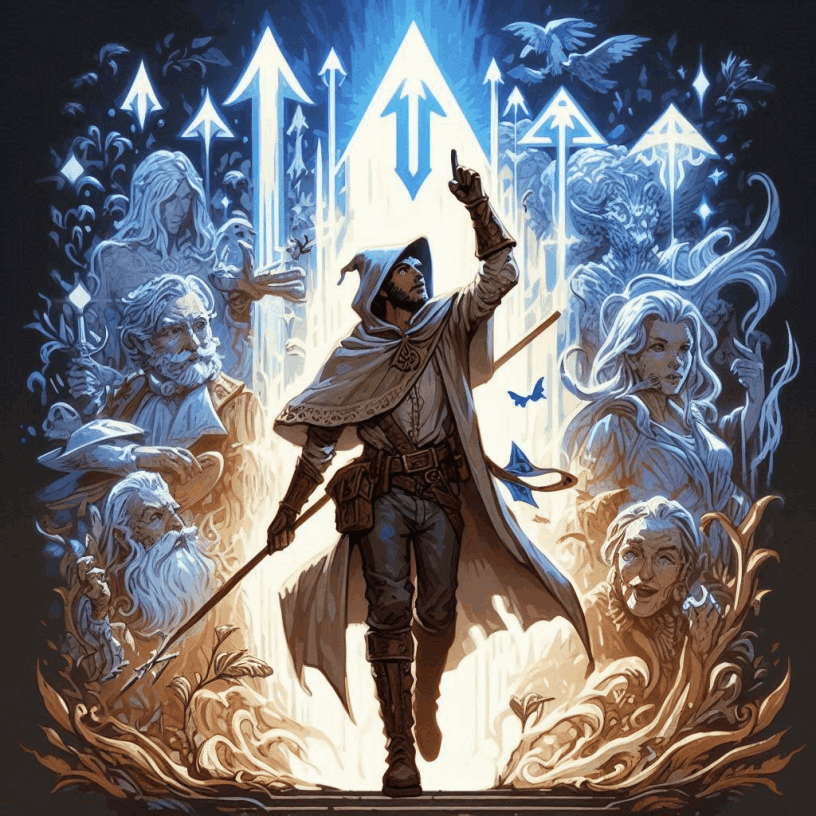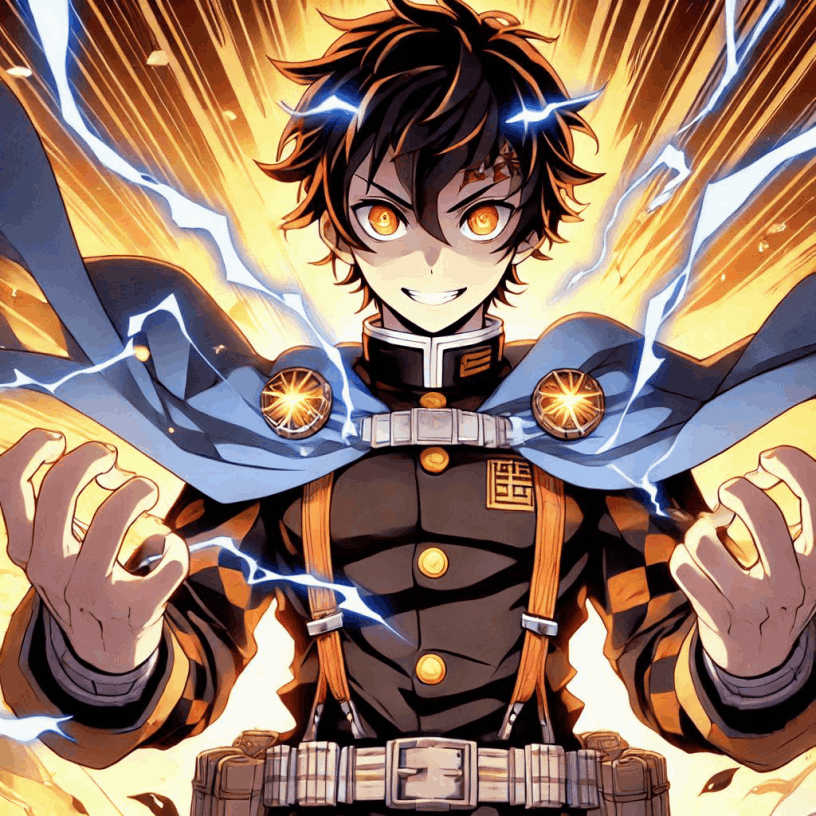Making Moves
Whenever the outcome of an action your character wants to take is uncertain, you have to make a move.

Determine the outcome you want to achieve, the Weaver will tell you which move to make.

Narrate your character attempting their action.

Roll 2 six sided dice and add your associated attribute modifier.



